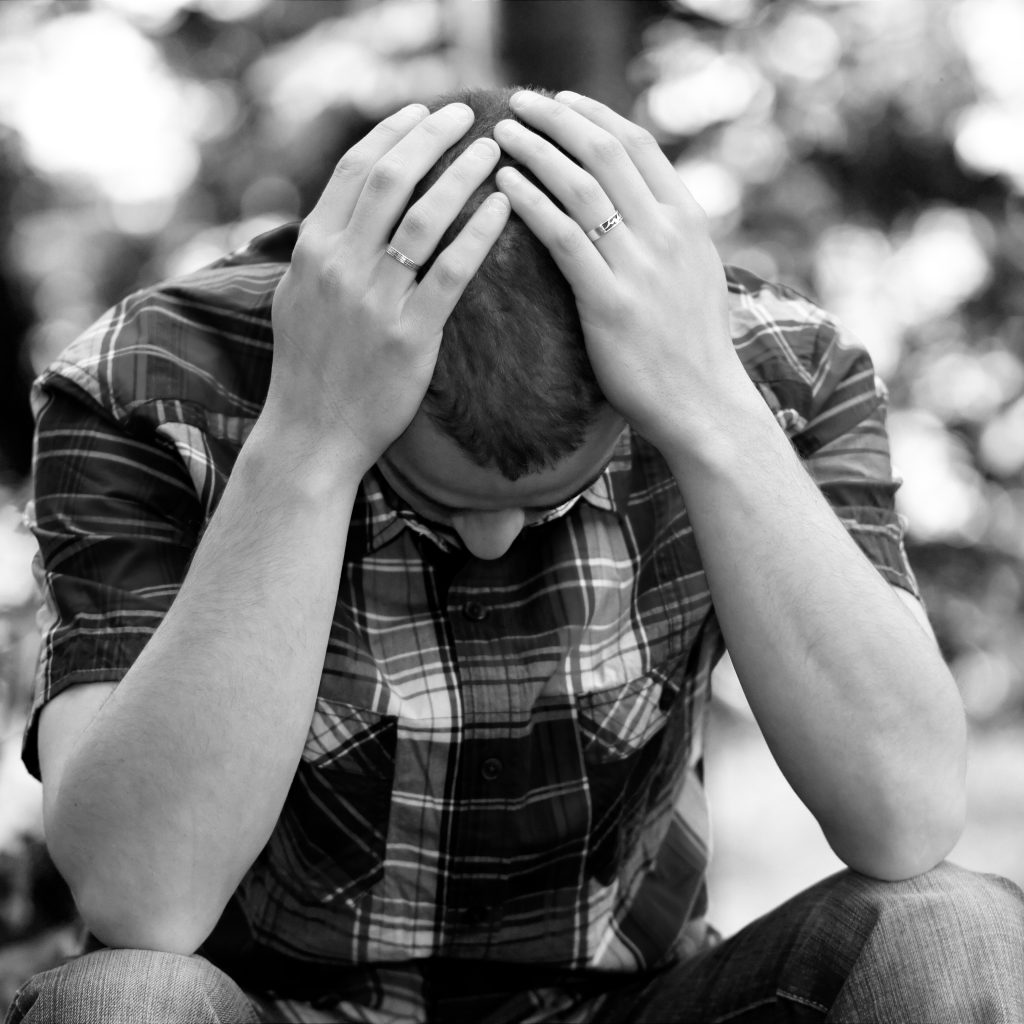Dealing with Depression
Feeling sad or stressed, a loss of interest in things that used to make us happy, not wanting to get out of bed in the morning – most people will have experienced these feelings at points in their lives. Life can be tough at times, making these feelings understandable, but when they persist and begin to affect our lives substantially, it could be a clear sign of depression.
According to statistics of the World Health Organization, depression is the most prevalent illness and the leading cause of disability worldwide.
The causes of depression are not fully understood, but experts believe it to be a complex combination of genetic, biological, environmental and psychosocial factors.
There are several types of depression:
Unipolar and Bipolar depression: If the sufferer is mainly depressed, we call this unipolar depression. However, if the main characteristic is extreme mood swings (euphoric one minute, hitting rock bottom the next) separated by periods of relative normalcy, this is referred to as bipolar disorder (previously termed manic depression)
Unipolar depression involves mainly anxiety and other symptoms, but no manic episodes. However, research suggests that sufferers of bipolar disorders are depressed for around 40% of the time, making it hard to distinguish between the two.
Major depressive disorder with psychotic features: This condition is characterized by depression together with psychosis – delusions and hallucinations. This condition is often referred to as schizophrenia.
Postpartum depression: not to be confused with ‘baby blues,’ postpartum depression or postnatal depression is a lot more severe.
Major depressive disorder with seasonal pattern: commonly called the winter blues, this condition appears related to the reduced daylight of the season, and lifts for the rest of the year or in response to light therapy.

Symptoms and Risk Factors
While no two sufferers experience the same symptoms or the same severity, commonly identifiable signs of depression include:
• Low mood
• Reduced interest or pleasure in activities you used to enjoy
• Loss of sexual desire
• Unintentional wight loss and low appetite
• Insomnia (difficulty sleeping) or hypersomnia (excessive sleeping)
• Restlessness and other psychomotor agitations.
• Delayed psychomotor skills – slowed movement and speech.
• Fatigue or loss of energy
• Impaired ability to think, concentrate or make decisions
• Recurrent feelings of guilt and worthlessness, which can also lead to suicidal thoughts or even an attempt at suicide.
Depression does not have a single cause, and can be triggered by anything ranging from physical illness to a life crisis – but it can also occur spontaneously. While some people are more at risk than others, researchers have identified several factors that can contribute to depression:
• Life events: These include bereavement, divorce, work issues, relationships with friends and family, financial problems, medical concerns, or acute stress.
• Personality: Those with less successful coping strategies or previous life trauma are more susceptible.
• Genetic factors: Having a first-degree relative with depression increases the risk.
• Childhood trauma.
• Some prescription drugs: These include corticosteroids, some beta-blockers, interferon, and other prescription drugs.
• Abuse of recreational drugs: Abuse of alcohol, amphetamines, and other drugs are strongly linked to depression.
• A past head injury.
• Having had one episode of major depression: This increases the risk of a subsequent one.
• Chronic pain syndromes: These and other chronic conditions, such as diabetes, chronic obstructive pulmonary disease, and cardiovascular disease make depression more likely.

Diagnosis and Treatment
To be diagnosed with depressive disorder, a person must have experienced a depressive episode lasting longer than two weeks.
Diagnosis of depression starts with a consultation with a doctor or mental health specialist. It is important to seek the help of a professional to rule out different causes of depression, ensure an accurate diagnosis, and establish the most effective treatment for your type of depression.
As for most visits to the doctor, there may be a physical examination to check for physical causes and pre-existing conditions. Questions will also be asked to establish the symptoms, their time of onset, and so on. The Hamilton scale, which involves 21 in-depth questions is one of the most widely used assessment instruments in the world for clinicians rating depression.
Although a depressive disorder can be a devastating illness, it is treatable. The key is to get a specific evaluation and treatment plan. After assessment rules out medical and other possible causes, a patient-centered treatment plan can include one or more of the following:
• Psychotherapy including cognitive behavioral therapy, family-focused therapy and interpersonal therapy.
• Medications including antidepressants, mood stabilizers and antipsychotic medications.
• Exercise can help with prevention and mild-to-moderate symptoms.
• Brain stimulation therapies can be tried if psychotherapy and/or medication are not effective. These include electroconvulsive therapy (ECT) for depressive disorder with psychosis or repetitive transcranial magnetic stimulation (rTMS) for severe depression.
• Light therapy, which uses a lightbox to expose a person to full-spectrum light in an effort to regulate the hormone melatonin. This is very effective to beat the ‘winter blues’ mentioned above.
The most important thing to remember is to – get help if you’re still feeling down or depressed after a couple of weeks. Even though you may feel like the world is crumbling, there are trained professionals like Andrew McClymont Psychotherapy who will do everything they can to get you back on your feet. Don’t suffer in silence!



